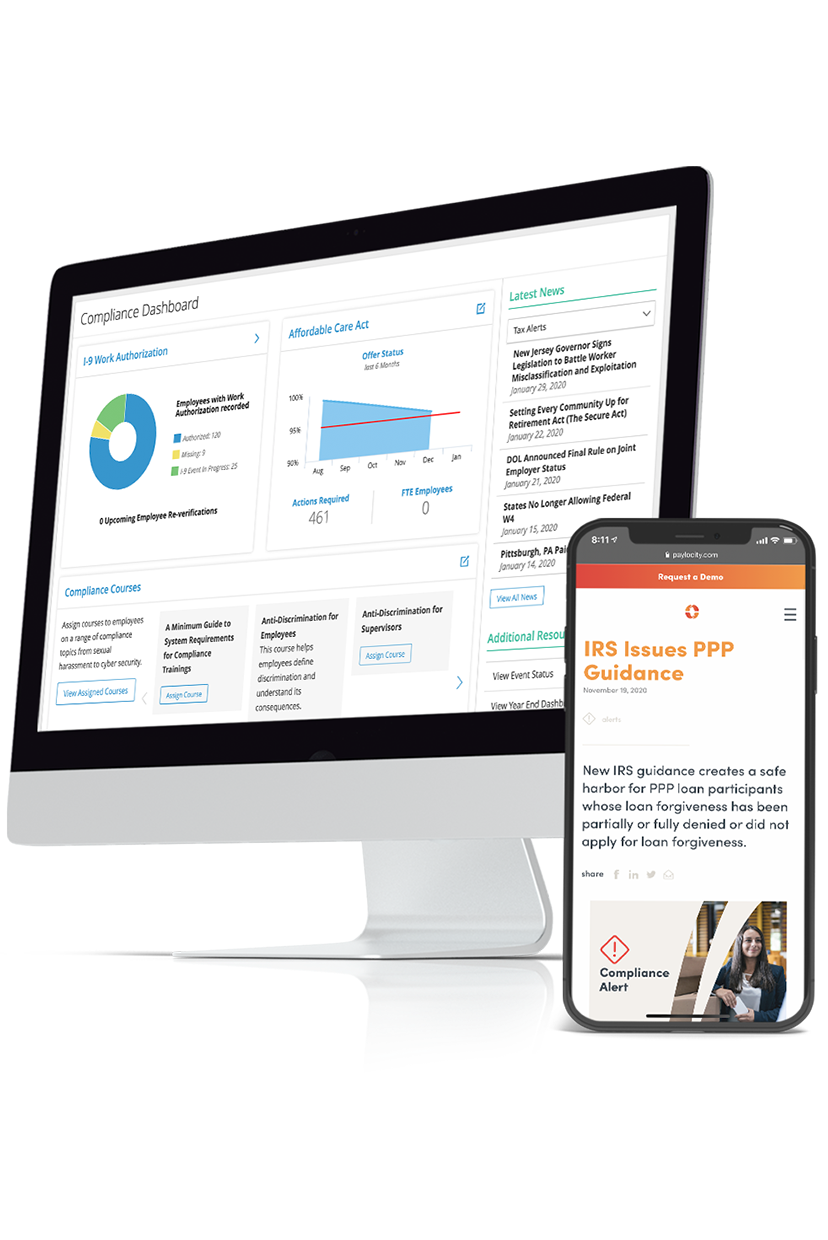What is ACA?
The Affordable Care Act (ACA) was a significant turning point for the U.S. healthcare industry. Passed in 2010, the ACA aimed to increase access to health insurance, improve patient protections, and lower healthcare costs overall. While its pros and cons continue to be debated, the law has undeniably had an impact on the U.S. healthcare landscape.
One of the ACA's central provisions is the creation of a health insurance marketplace that allows individuals and families without employer-provided plans to purchase coverage that meets their needs and budgets. Along with this marketplace came premium tax credits and cost-sharing reductions to help make health coverage affordable for households of all income levels.
ACA Employer Requirements
One of the other seismic shifts the ACA implemented was a new "pay or play" Employer Mandate. Also known as the Employer Shared Responsibility Provision (ESRP), the ACA requires all Applicable Large Employers (ALEs) to either offer their full-time employees affordable healthcare coverage of at least a minimum value or potentially face employer shared responsibility payments to the IRS.
Regardless of whether an employer chooses to "pay or play," it's still important to comply with the Employer Mandate by picking one of those options. The ACA is, after all, still a federal law, and refusing to adhere to its provisions can bring about even more costly penalties. Moreover, there are potential benefits to offering a group health plan, like improving an organization's employer brand and helping to keep employee turnover low.
Determining Employer ACA Eligibility
Every year, the IRS determines how an organization must comply with the ACA by classifying each employer's status based on the average size of that employer's workforce from the prior year.
If an employer has at least 50 full-time employees, full-time equivalent (FTE) employees, or some combination of the two, they're considered an ALE and must adhere to the corresponding requirements. This includes the quality and affordability of any plans they offer, as well as the plan information they must annually submit to the IRS.
Full-Time Equivalent (FTE) Employees
An FTE is a unit of measurement that compares the workload of different employee types, such as full-time and part-time workers, to assess the size of an organization's workforce.
Under the ACA, one FTE employee is a combination of employees who aren’t full time, but whose joint hours are the same as a full-time employee. Specifically, the IRS states the workload of one full-time employee is equal to working 130 hours a month or at least 30 hours a week. So, if an organization has three part-time employees who each work 10 hours a week, their combined hours would be the equivalent of a full-time employee.
To calculate how many FTE employees an organization has, divide the total number of hours part-time staff worked by the number of hours a full-time employee would work (i.e., 130 a month or at least 30 a week).
Want to see a few examples? Check out the FTE calculations in our HR & Payroll Glossary.
Navigating ACA Compliance
The ACA’s main employer requirements center around an offered plan’s characteristics, how the employer informs their workers about the plan, and how the employer reports plan information to the IRS.
ACA Plan Requirements
The Employer Mandate’s core plan requirements deal with the affordability and value of an employer-sponsored plan, as well as the quantity of full-time employees it covers.
- Affordable: As of 2024, the relative cost of the plan's least expensive offering(s) can't exceed 8.39% of an employee's total household income. In other words, if an employee has to spend more than 8.39% of their household's total income on the plan's benefits, the plan isn't affordable.
- Valuable: The minimum value a plan must provide to employees is at least 60% of the employee's expected medical costs for that year.
- Widely Offered: Employers must offer the plan to at least 95% of their full-time staff (and their dependents) for that plan to provide the minimum essential coverage the ACA requires.
ACA Safe Harbors
Even the most meticulous organizations can't know exactly how much income an entire household earns in a single year. To help employers guarantee they meet ACA requirements, the law allows for the use of specific safe harbors when calculating a plan's affordability.
|
Safe Harbor |
Details |
|
Form W-2 Wages |
The plan's premiums can't exceed 8.39% of the wages reported in Box 1 of the employee's Form W-2. |
|
Federal Poverty Level (FPL) |
The plan's premiums can't exceed 8.39% of the FPL for the employee's household size and geographic area. |
|
Rate of Pay |
The plan's premiums can't exceed 8.39% of either the employee's monthly salary or their lowest hourly pay rate multiplied by 130 hours. |
ACA Notification Requirements
After piecing together an ACA-compliant plan, ALEs must next inform their employees about that plan, including its availability, benefits, and modifications. Generally, ALEs must provide this information to all employees within 14 days of their hiring, during annual Open Enrollment periods, and whenever an employee asks for it.
- Summary of Benefits Coverage (SBC): This is a general explanation of the plan's costs and benefits that must be provided to eligible employees and dependents during Open Enrollment.
- Notice of Plan Change(s): Employers must give at least 60 days notice before making substantial changes (e.g., increases to monthly premiums or new network providers) to a plan's offerings.
- Notice of Healthcare Marketplace: Employers also must give information about available health insurance marketplace(s) and any corresponding premium tax credits.
ACA Reporting Requirements
To both prove their compliance and meet ACA filing obligations, ALEs must annually report information about their workforces and offered plans by submitting Forms 1094-C and 1095-C. ALEs can choose to file these forms in print or electronically, though if they have 10 or more returns, they must file them electronically. The IRS also instructs ALEs to keep a copy of the forms (or be able to recreate them) for at least three years.
- Form 1094-C: Summarizes all Form 1095-C information an employer provides, as well as an employer's workforce data, whether the employer is eligible for any financial relief, etc. ALEs must submit this form to the IRS and file it via mail by February 28, 2024, or electronically by March 31, 2024.
- Form 1095-C: Reports any employer-offered health insurance benefits an employee received each month of the prior year. ALEs must provide each employee with a copy of the form containing that employee's information by March 1, 2024. A second copy must also be submitted to the IRS along with the organization's Form 1094-C.





